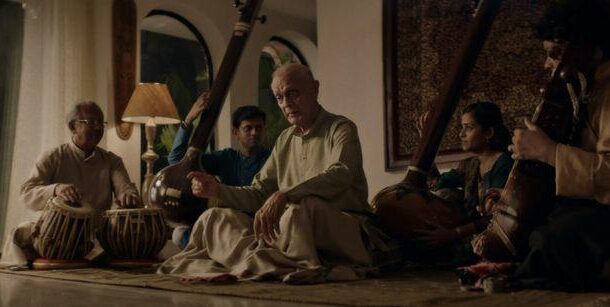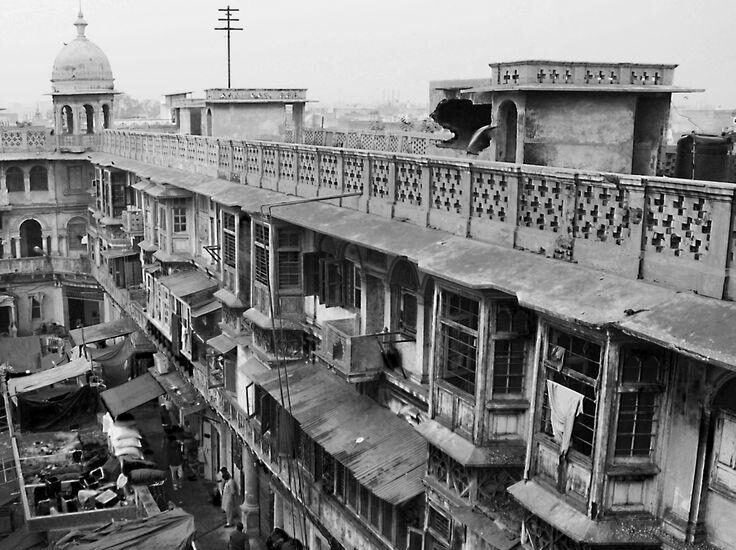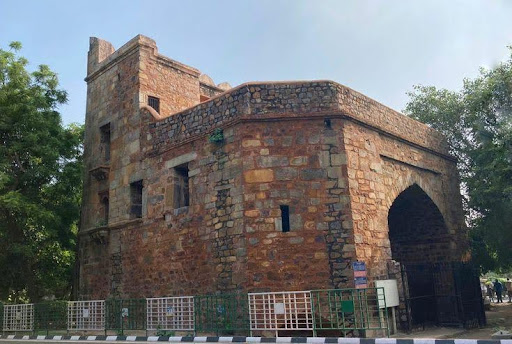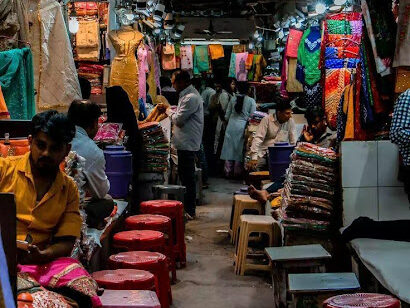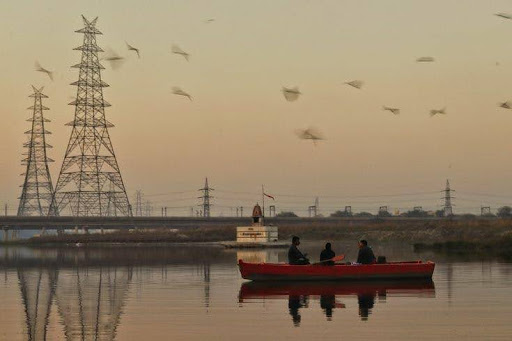Master the Art of Flavour: A Beginner’s Guide to Pairing Like a Pro!
Every food item’s essence lies in its flavor, elevating it to another level and making everyone who tastes it feel euphoric. The hidden magic behind creating extraordinary tastes is nothing other than a fascinating practice called flavour pairing. In brief, flavour pairing is the practice of blending various flavours. If we elaborate on the meaning, it is an experiment that evaluates the reactions between different compounds to create new flavours. For every culinary enthusiast or seasoned chef, mastering the flavours is the key to making dishes that are truly their own. Just like the colour palette, we have numerous categories for flavours too. We can classify flavours as primary (salt, sweet, bitter), secondary (umami, fatty, astringent), and tertiary (certain aromatic). Though it may sound unconventional, combining different flavours, such as sweet and salt, salt and acidic, salt and spicy, etc., can create a balanced and enjoyable flavour experience. Let’s try some new flavours in the kitchen and break out of our comfort zone. You can try your hand at these delectable recipes. Their uniqueness and originality will keep your tastebuds in a state of delightful surprise. Sweet and Salty Watermelon And Cheese Salad Nothing beats a watermelon in the summers. Have you tried the cheese and watermelon salad with the touch of salt and spice? Get the recipe here. Ingredients Fresh Watermelon – 1 bowl ( Cubed) Cheese cubes – Crumbled ( ½ cup) Olive oil – 1 tbsp Lime juice – 2 tbsp Pepper powder – ½ tsp Basil leaves – chopped Chia seeds – 3 tsp Salt – as needed Method Of Preparation Combine the diced watermelon, crumbled cheese, salt, and pepper powder in a glass bowl. Top with chia seeds, chopped basil leaves, and lime juice, and drizzle olive oil over the salad. Toss the salad to ensure that all the ingredients are evenly distributed. Refrigerate it for 20 minutes. A chilled watermelon cheese salad with a sweet and salty twist is done. Now it is ready to serve. Pineapple – Jalapeno Paneer Kababs Pineapple is a sweet and tangy fruit. When you mix the sweet pineapple with the hot and spicy jalapeno, the flavour and aroma reach a new level. Let us try a delicious Pineapple – Jalapeno paneer skewer recipe. Ingredients Fresh pineapple – I cup Diced Red capsicum – 1 big Fresh paneer cubes – 1 cup 2 Jalapenos – Sliced Soy sauce – ¼ cups Organic Honey – 2 tablespoon Olive oil – 1 tablespoon Garlic paste – 1 teaspoon Wooden skewers – 20 Method Of Preparation Dip the wooden skewers in water for 30 minutes. Chop the capsicum into square pieces. Mix soy sauce, Honey, lime juice, olive oil, and garlic paste in a glass bowl for marination. Thread paneer cubes, pineapple pieces, capsicum and sliced jalapeno onto the skewer. Arrange the skewers on a platter before you pour the marinade over the threaded pieces. Keep the marinated pieces for 30 minutes. Switch on the stove and place an iron pan. Coat the pan with extra virgin olive oil. Spread the oil and place the skewers vertically on the pan. Cook on a medium flame. Turn the skewers and mix with the marinade occasionally until the ingredients are perfectly cooked. Once ready, serve with hot rice or quinoa, or eat as a starter. As these recipes demonstrate, a dramatic and rich culinary experience may be created by blending the sweetness of pineapple with the spiciness of jalapeños.




